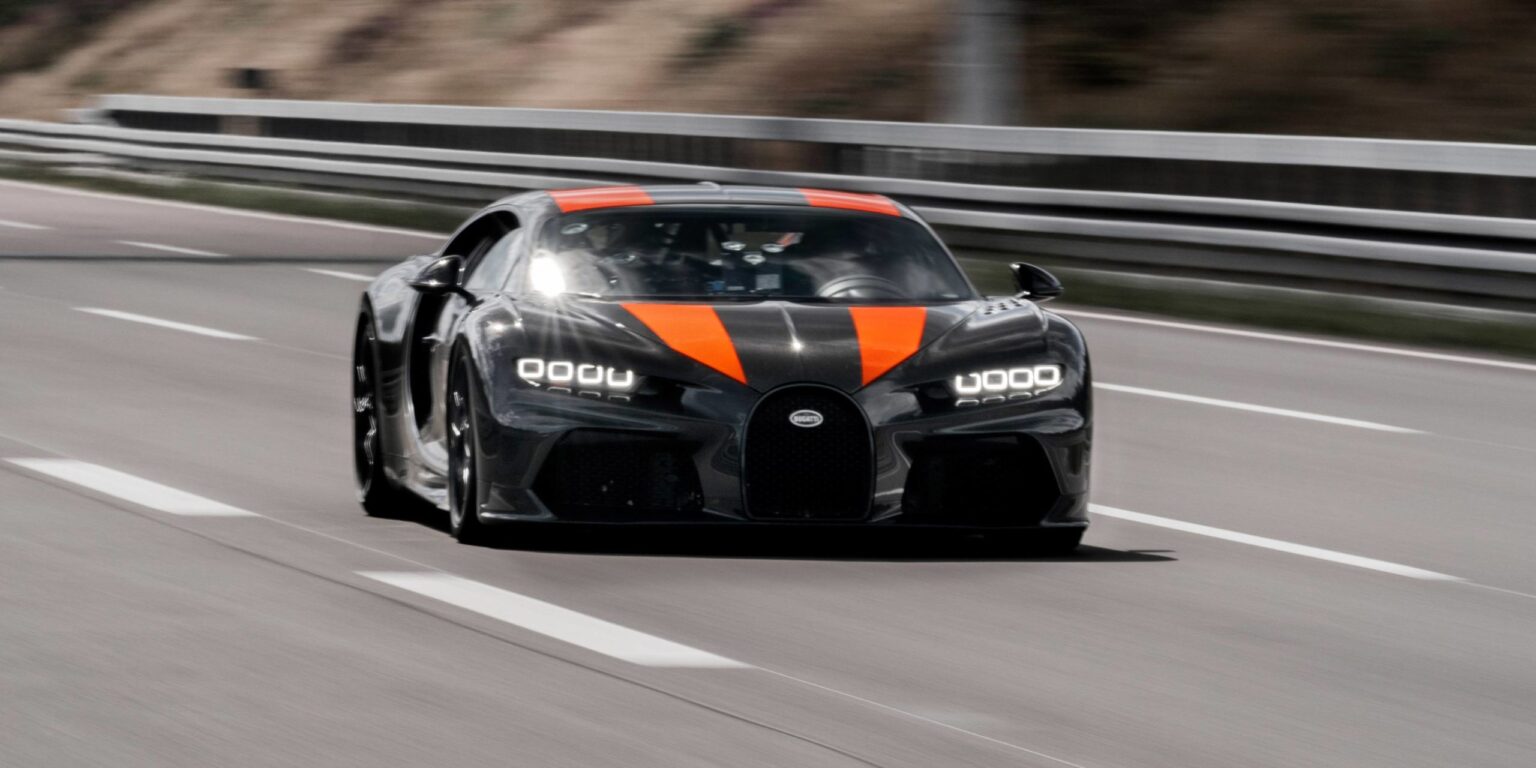
The Race to Create the Ultimate High-Speed Car
In the world of automotive engineering, the pursuit of speed is a never-ending race. Car manufacturers and engineers continuously strive to push the boundaries of what is possible, vying to create the ultimate high-speed car that will captivate the world and set new records.
This article takes you on a thrilling journey through the history of this race and the cutting-edge technologies that have emerged to propel us into an era of unprecedented speed and performance.
The Early Years: Chasing the Need for Speed
Since the automobile’s inception, the fascination with speed has been an inherent part of car culture. Early pioneers sought to build faster and more powerful vehicles, and as technology advanced, so did the pursuit of high-speed excellence.
The Birth of Supercars: A New Breed of Speed
The supercar concept emerged in the 1950s and 1960s, defining a breed of vehicles that combined exquisite design with remarkable performance. Manufacturers like Ferrari, Lamborghini, and Porsche led the charge, producing cars that captured the imagination of enthusiasts worldwide.
Engineering Breakthroughs: Unleashing Unprecedented Power
The race for the ultimate high-speed car gained momentum with significant engineering breakthroughs. Advanced aerodynamics, lightweight materials, and powerful engines became the cornerstones of speed-focused designs.
The Rise of Turbocharging
Turbocharging, first introduced in the 1960s, revolutionized the automotive industry by boosting engine power and efficiency. Turbocharged engines became a staple in high-performance cars, propelling them to new speed levels.
Aerodynamics and Downforce
As speeds increased, manufacturers turned their attention to aerodynamics. Innovative designs and spoilers were incorporated to create downforce, enhancing stability and grip at high velocities.
Carbon Fiber: A Lightweight Revolution
The discovery and use of carbon fiber revolutionized automotive engineering. This lightweight yet robust material replaced traditional steel, significantly reducing the car’s overall weight and enhancing its acceleration.
The Quest for the Fastest Production Car
As the race to create the ultimate high-speed car intensified, manufacturers began producing limited-edition hypercars with eye-watering price tags. These cars not only pushed the boundaries of speed but also represented the pinnacle of luxury and engineering excellence.
Bugatti Veyron: Shattering Records
In 2005, Bugatti unveiled the Veyron, a technological marvel that set new benchmarks for speed. With a quad-turbocharged W16 engine producing up to 1,200 horsepower, the Veyron reached an astonishing top speed of 253.81 mph (408.47 km/h), earning the title of the fastest production car.
The Reign of the Chiron
Building on the success of the Veyron, Bugatti released the Chiron in 2016. With even more power—up to 1,479 horsepower—the Chiron’s top speed is electronically limited to 261 mph (420 km/h) for road use. However, in 2019, the Chiron Super Sport 300+ broke through the 300 mph barrier, setting a new standard for high-speed performance.
The Koenigsegg Agera RS: A New Champion
In 2017, the Koenigsegg Agera RS dethroned the Bugatti Veyron as the fastest production car in the world. With its twin-turbocharged V8 engine producing an astounding 1,360 horsepower, the Agera RS achieved a two-way average top speed of 277.9 mph (447.2 km/h), cementing Koenigsegg’s position as a true high-speed contender.
The Electric Frontier: Electrifying Speed
The race for high-speed supremacy has extended to the realm of electric vehicles. Electric car manufacturers have showcased the immense potential of electric powertrains in achieving breathtaking acceleration and top speeds.
Rimac C_Two: Electrifying Performance
The Rimac C_Two is a prime example of electric dominance. With four electric motors and a combined output of 1,914 horsepower and 1,696 lb.-ft of torque, the C_Two can accelerate from 0 to 60 mph in under two seconds. This electric hypercar has a top speed of 258 mph (415 km/h), rivaling the best in the gasoline-powered realm.
The Future of High-Speed Cars: Pushing Boundaries Beyond Imagination
As we enter the future, the quest to create the ultimate high-speed car shows no signs of slowing down. Advancements in technology, aerodynamics, and electric propulsion promise to revolutionize the automotive landscape further. The race to push the limits of velocity and performance continues, fueled by the relentless pursuit of innovation and excellence.
Conclusion
In conclusion, the race to create the ultimate high-speed car has been a driving force behind some of the most remarkable engineering achievements in the automotive world. From turbocharging and aerodynamics to the emergence of electric hypercars, each era has brought its defining technologies. As we move forward, the future holds exciting possibilities as we push the boundaries of speed and embark on a journey to redefine automotive limits.







